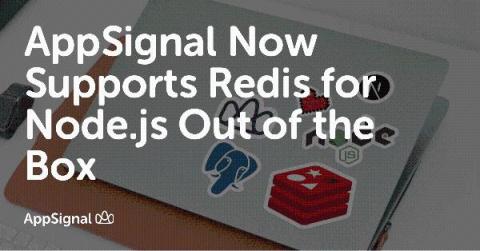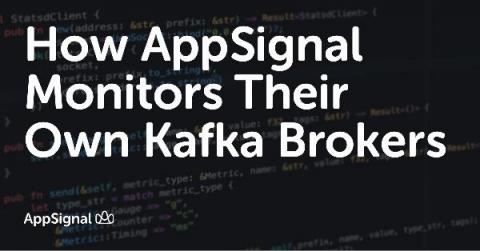AppSignal Now Supports Redis for Node.js Out of the Box
Starting today with version 0.6.0 of the Node.js integration, instrumenting a Node.js app that uses Redis is much easier. In fact, we instrument it for you - meaning that if you use Redis in your own app, there’s no extra work for you, everything Just Works™ out of the box! 🎉







